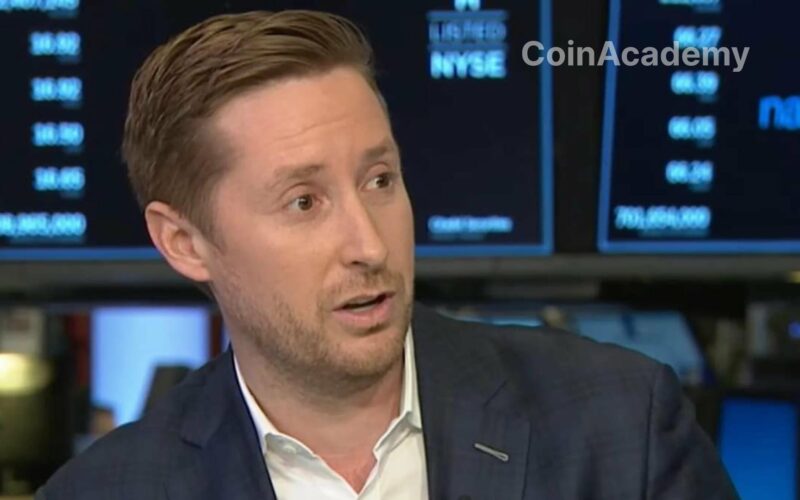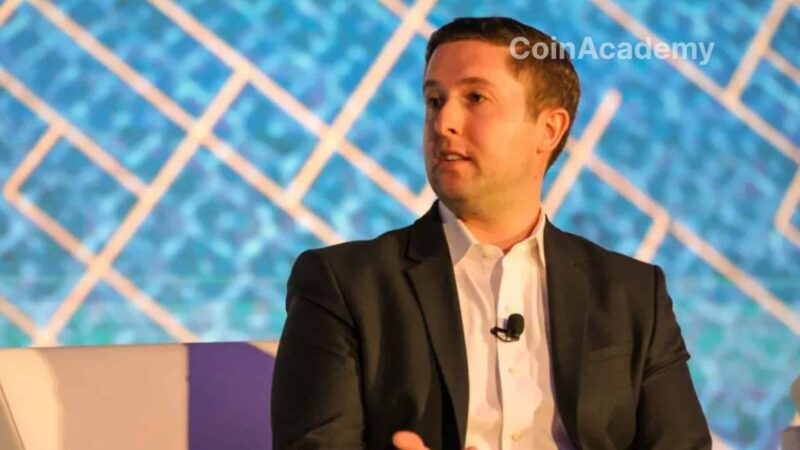BlockFi emerges from bankruptcy and plans to recover assets from FTX and others
- BlockFi declares its emergence from bankruptcy and considers recovering assets allegedly owed by FTX and others.
- The company plans to distribute digital assets to its clients while continuing to verify the accuracy of claims.
- The first asset distribution is scheduled for early 2024, depending in part on recoveries made from FTX.
BlockFi surprised the crypto community on Tuesday by announcing its emergence from bankruptcy, a positive development after filing for bankruptcy in November 2022. This announcement comes after a period of difficulties that saw the company struggle to find its footing following the collapse of FTX.
Pursuing asset distribution and reconciling claims
Following this announcement, BlockFi is now in a position to claim the assets it says are owed by FTX, Three Arrows Capital, and other companies, as stated in an official statement. While seeking to recover these assets, the company has also stated that it will continue to distribute digital assets to its clients.
The company is engaged in a claims reconciliation process to ensure that client claims are accurately reflected, both in terms of asset type and amount. They are seeking to ensure that clients receive fair distributions of the remaining and recovered assets. BlockFi has also mentioned that most portfolio clients can now withdraw their assets and has encouraged them to submit their withdrawal requests.
In addition, asset distributions are planned for BlockFi’s loan and interest account clients. While the first distribution is expected in early 2024, subsequent distributions will depend on various factors, especially recoveries made from FTX and its affiliates.
Conclusion of Chapter 11
In September, BlockFi had already announced the confirmation of its plan under Chapter 11. The company was awaiting a hearing to finalize this emergence. This plan was widely supported, both by the company’s management and the Unsecured Creditors Committee, with an impressive 90% approval across all voting classes.




